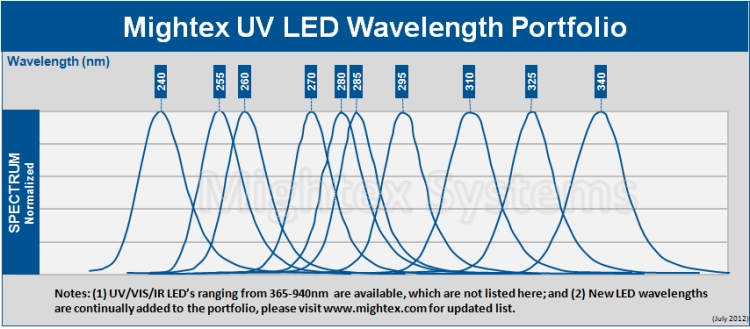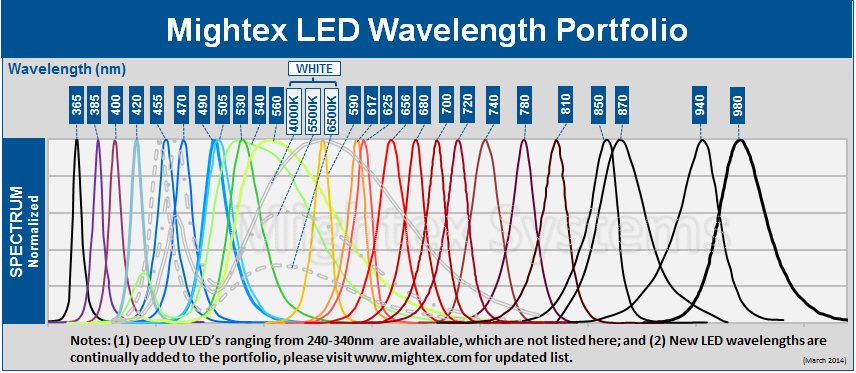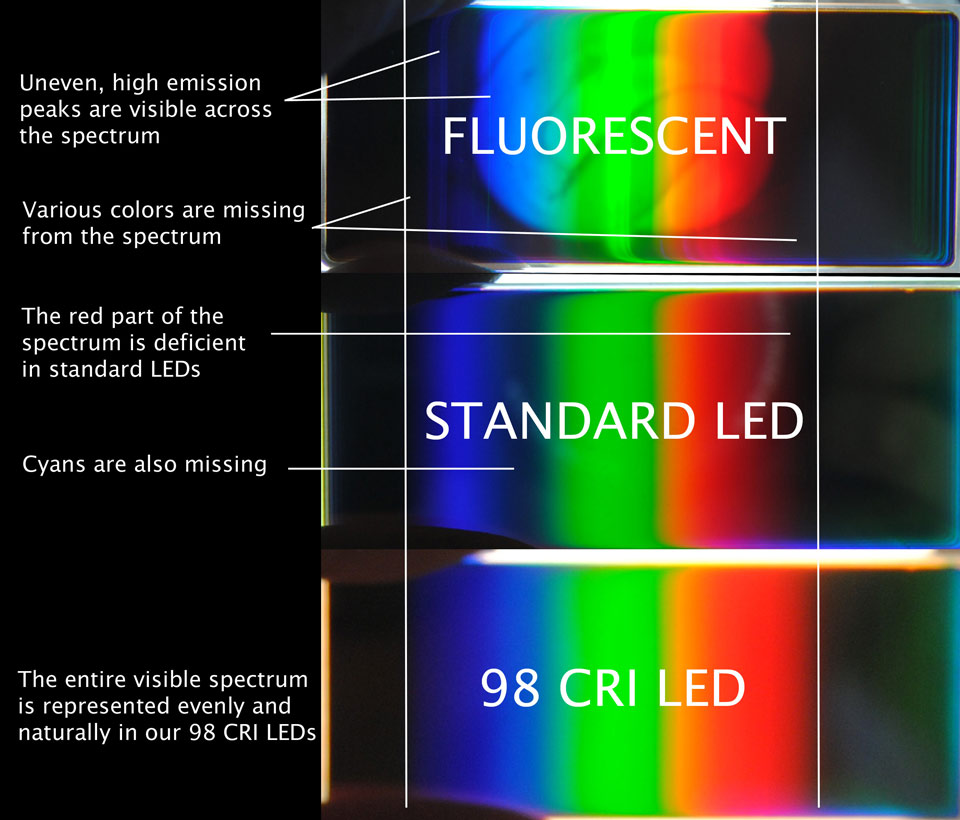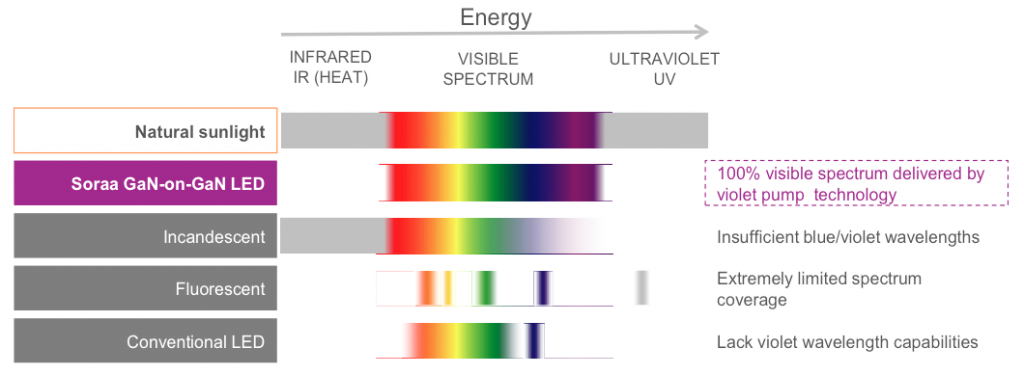- Joined
- Feb 15, 2012
- Messages
- 4,735
- Reaction score
- 3,412
I think it really doesn't matter how old those type of light bulbs were invented and used. It's what they do with the best application you can have over the tank that matters at the end of the day, isn't it? Interesting facts though.Keep in mind that even though using LED is fairly new to most people in most cases, it is the oldest type of light in our hobby with the p-n junction being around since 1939. MH was not invented until the 1960s (I think). There are all kinds of rare-case diodes out there for specialty stuff. There are some for egg incubators, curing tooth filling cavity material, wart removal and all kinds of specialty stuff where the bandwidth needed to be kept narrow and the p-n junction was ideal. There are lots of diodes for lots of things - figuring out if/when they are applicable for us is the next step.
Fluorescent lighting is quite old too, but the "tube" iteration that we know is about fifty years old. That is right, LEDs are "old tech."
Grandis.






















